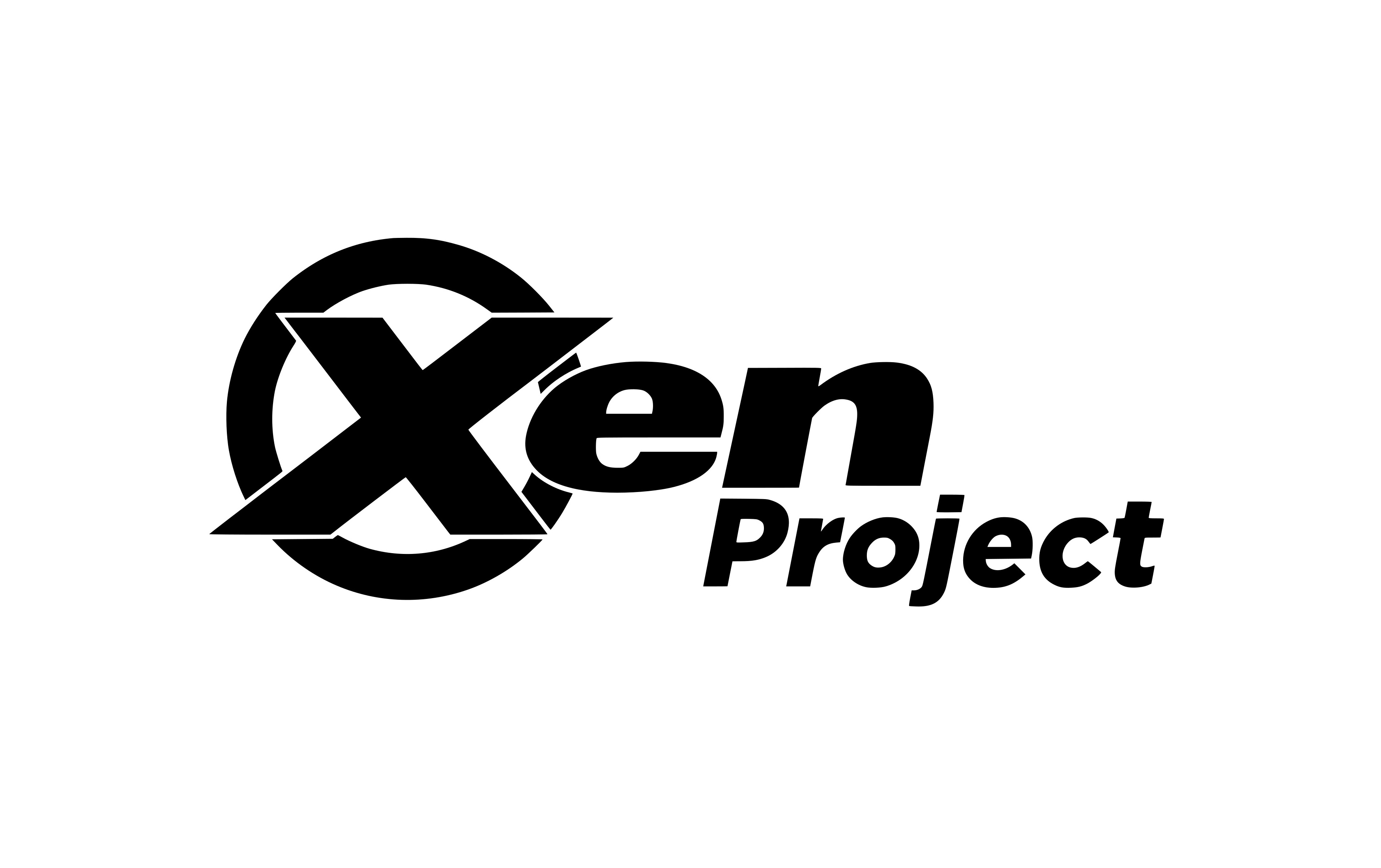 INFRA
INFRA
 INFRA
INFRA
 INFRA
INFRA
The Xen Project has just updated its open-source hypervisor to version 4.10, with new security features and improvements to its underlying code and user interface.
The updated platform, which is used by numerous public cloud providers and is also the base for many commercial virtualization products, also integrated ARM-based hardware for the first time.
The security updates are designed to limit what device models can do after startup, reducing the ability of a compromised host from attacking other hosts. Meanwhile, the platform’s code has been rewritten in such a way that it provides a much smaller footprint. That means there’s a much smaller attack surface for hackers to infiltrate the platform.
The UI updates are designed to enable the modification of boot parameters without needing to reboot the hypervisor first. Backward compatibility on new hardware is also supported.
The Xen hypervisor traces its roots back to the XenoServer research project begun at Cambridge University in the U.K. back in the late 1990s. The hypervisor formed the core of each XenoServer node, providing resource management, accounting and auditing features. The Xen Project became open-source in 2002 before moving to the Linux Foundation in 2013.
The Xen Project claims more than 10 million users of its hypervisor, including public cloud providers such as Amazon Web Services Inc., Alibaba Group Ltd.’s Alibaba Cloud, IBM Corp.’s SoftLayer and Oracle Corp. The hypervisor is also an integral part of popular cloud orchestration platforms such as OpenStack.
In recent weeks, however, reports have suggested that Xen’s popularity might be on the wane. A report in The Register last month claimed that AWS was thinking of ditching Xen in favor of the kernel virtual machine hypervisor instead.
But Lars Kurth, the chairman of the Xen Project’s advisory board, said the new security improvements are helping to drive more interest from embedded device and connected car makers.
“This release is a stepping stone for us to solidify a new architecture that uses hardware support for better performance for PV guests, reduces code size and maintenance burden, and provides a smaller TCB for better security,” Kurth said in a statement. “This provides value to traditional markets that the Xen Project is present and popular in, like the server and cloud space, but also continues to open the Xen Project up to new markets like embedded and automotive.”
THANK YOU